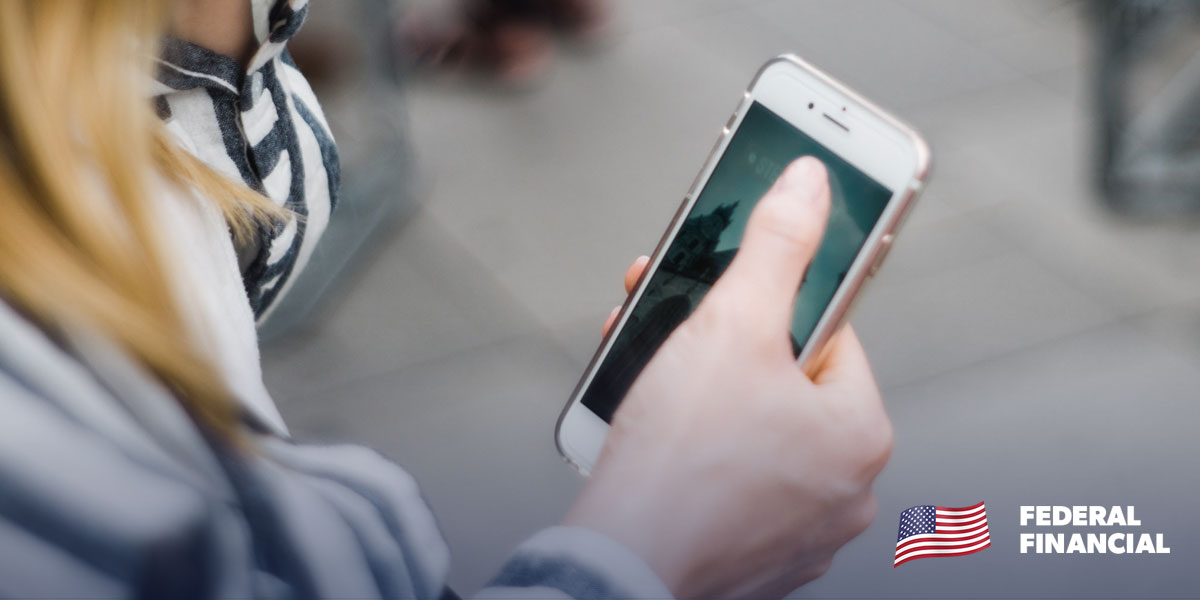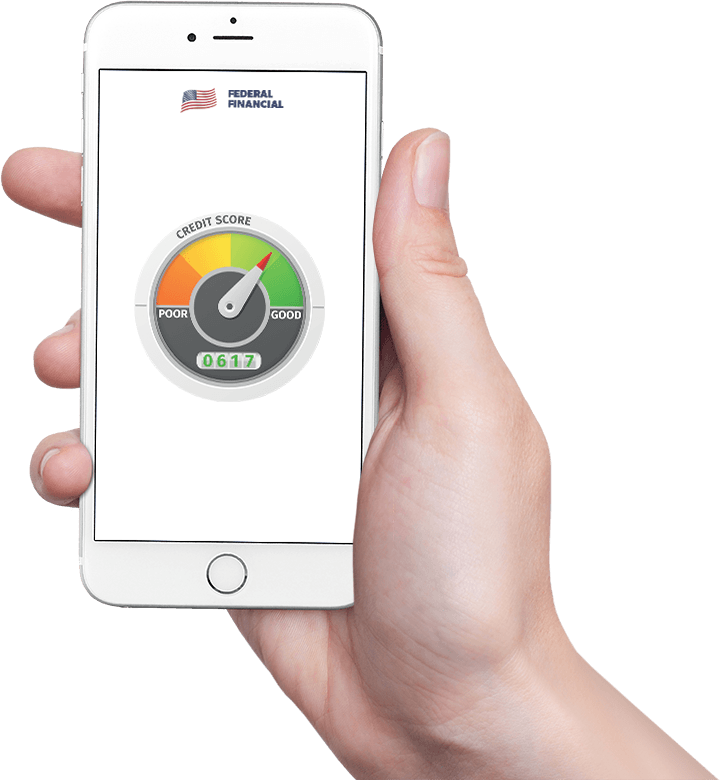Taking too long? Close loading screen.

FEDERAL FINANCIAL RELIEF Kimberly Cambell

November 22nd
The U.S. government recognizes that everyone needs to have a phone for communication purposes. That’s why they have a program called Lifeline that offers qualifying low-income residents a free government phone. The program has been in operation since 1985.
As of 2016, the program gives qualifying low-income participants a free phone that includes a Wi-Fi hotspot. This is in an effort to close the homework gap and make sure all students have access to the information they need to be successful. If you are enrolled in the program, make sure the phone you have been issued has Hotspot functionality.
If you have a free government phone network, you might have questions about which phones you can use. The answer to whether you can use any phone with your free government network phone is a hesitant “maybe.” If you already have a cell phone, you might be able to use it instead of your government-issued phone depending on what network you’re using and what type of phone you have.
Here’s all the information you need about how to determine which phones will work with your government phone network so you can stay connected to your family, friends, community, and emergency services.
The first thing to know is that there are two main types of cell phone technologies: CDMA and GSM. Both of these are acronyms. CDMA stands for Code Division Multiple Access. GSM stands for Global System for Mobiles. These are older radio technologies that have been converted to cell phone technology. You can think of CDMA and GSM as languages. In order for your phone to work on one of the networks, it needs to speak the same language as either CDMA or GSM.
As you might guess by the name, most countries in the world use GSM. If you travel to Europe, you’ll only find cell phones on the GSM network. However, there are several major companies in the U.S. that operate using either CDMA and GSM technologies. The main thing to know is that you can only use a CDMA phone on a CDMA network and you can only use a GSM phone on a GSM network. You can’t combine the technologies.
In general, it’s easier to switch a GSM-compatible phone to the Lifeline program because these phones use SIM cards. You can simply take the SIM card out of one phone and put it into another one. In contrast, CDMA devices usually require getting permission from the network before you can officially change carriers. We’ll get into which cell phone networks are GSM providers below.
The next thing to know is that these two technologies are on the brink of extinction. LTE, which stands for Long Term Evolution, is the up and coming cell phone technology that is going to disrupt the cell phone industry entirely.
LTE technology will make calls clearer and lead to fewer dropped calls. Specifically, phone carriers that have adopted LTE are using 4G LTE and 5G LTE technology.
Unfortunately, this doesn’t mean that every phone will be compatible with the move to LTE technology. In order to be compatible with an LTE provider, your phone will have to do three things:
The change to LTE shouldn’t affect you in the short-term if you’re getting assistance through the Lifeline program. The Lifeline program currently only supports networks up to 3G, and LTE will work on 4G and 5G technology. So, you won’t have to worry about LTE for at least a little while.
That means that, for now, you only need to focus on whether your phone is GSM or CDMA.
Fortunately, it’s relatively simple to tell which type of cell phone you have, GSM or CDMA, if you purchased your phone from the carrier and know which carrier you’re using. (If you don’t know which carrier you’re using, we’ll tell you how to figure out whether you have GSM or DCMA below.)
In the U.S., there are five major cell phone networks: Sprint, Verizon, U.S. Cellular, AT &T and T-Mobile. They’re all compatible with 4G and 5G networks, however, they also operate on either the GSM or CDMA network.
Most people who live in the U.S. and own a cell phone work with one of the five major cell phone network carriers. Out of the five major carriers, Sprint, Verizon, and U.S. Cellular are CDMA. Verizon operates on both CDMA and GSM networks.
There are also many smaller carriers that are CDMA. These are generally used in rural and remote areas of the country. They include the following:
Out of the five major cell phone network carriers, Verizon, AT&T, and T-Mobile are GSM network providers. Verizon operates on both CDMA and GSM networks. There are also several smaller network carriers operating in rural and remote parts of the country that operate on a GSM network. These include:
If you don’t know who your carrier is, then you can check to see whether your phone is GSM or CDMA compatible by looking at its settings. Here’s how:
Some phones, like Verizon phones, support both GSM and CDMA. In this case, you’ll see both IMEI and either MEID or ESN.
How to tell if a phone is CDMA or GSM iPhone and Android
If you have an iPhone, open “settings,” then tap “general,” then “about.” From here, scroll down until you see either the MEID, ESN, or IMEI number.
If you have an Android phone, open the “settings” tab then scroll down and tap “system.” from here, tap “about phone,” then “staus.” Look for a MEID, ESN, or IMEI number.
The best way to tell if your current phone is compatible with the Lifeline government assistance program is to take it into your local cell phone dealer. There are a lot of changes happening with the Lifeline program, including changes to providers. For now, here are some of the most popular Lifeline Assistance cell phone providers, along with the cell phone networks they use:
The answer to the question of “can I use any phone with my free government phone network” is still “maybe.” Take your phone to an authorized Lifeline cell phone provider, who must meet these requirements, to find out. Most cell phone providers are able to connect the phone of your choice to the Lifeline government assistance program, as long as your phone is compatible with the network. You will need to have your phone unlocked, and many providers will want to make sure you are up-to-date on any outstanding payments before connecting your phone to the Lifeline program.
Hey everyone I'm Kimberly. I help people take full advantage of free programs and loopholes from governments and organizations. There are billions of dollars available to help people just like you. See if you're eligible today!
Introducing Federal Financial CreditRestore +
Poor credit costs you big. Higher car payments, more credit card interest, you name it. Get your credit fixed NOW with the official Federal Financial CreditRestore + program and get your financial life back on-track.
Sign up today and take full advantage—initial consultation is totally FREE.
Take Advantage
Questions? Get in touch
Recent Comments